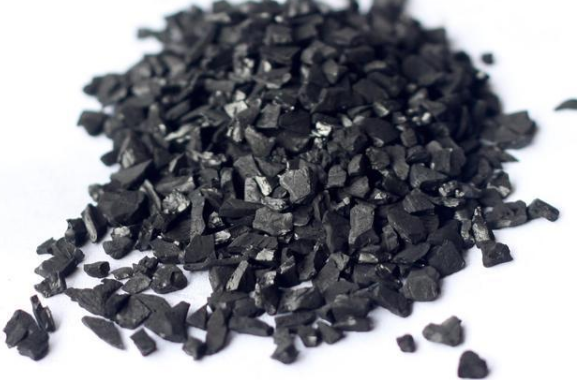Some details of cellular activated carbon are easy to be ignored in purchase
In the process of water treatment, activated carbon can be interpreted as organic colloid and microsuspension. The small suspended matter in water and activated carbon will be adsorbed by the strong pore structure of activated carbon. The primary adsorption principle is the pore structure of the activated carbon. The rich and disordered pore structure can well intercept the small suspended solids in the water, which are firmly trapped by the pores in the activated carbon after encountering the activated carbon. Let's get to know.

The ability of suspended matter in activated carbon water comes from the pore diameter and porosity of activated carbon filter layer. The larger the scale of activated carbon is, the larger the pore size is. The larger the scale of activated carbon is, the larger the space can contain suspended solids. This kind of ability of activated carbon can be understood as strong filtration ability, strong adsorption ability, strong adsorption pollution ability and strong pollution interception ability.
Activated carbon has the property of adsorbent, which can deal with the pollutants in gas pollution and water pollution. Why activated carbon is called adsorbent is due to the nature of the information from activated carbon (special features). Activated carbon is porous carbon data, which has a very high pore structure, and the corresponding pore is the large touch surface area of activated carbon, which can absorb a lot of pollutant molecular ions. The activated carbon with so many characteristics has strong adsorption, large surface area, stable chemical function and high relative mechanical strength. With the characteristics of easy regeneration, the activated carbon can be reused.

There are many kinds of materials that can be distinguished according to the raw materials:
1. Wooden activated carbon
2. Coal based activated carbon
3. Coconut shell activated carbon
4. Shell activated carbon
According to the form difference, the activated carbon is divided into:
A. Granular activated carbon
B. Amorphous granular activated carbon
C. Columnar activated carbon
D. Powdered activated carbon
E. Spherical activated carbon
F. Honeycomb activated carbon
The porosity of activated carbon filter is closely related to the quality of effluent. Why do you say that? Considering the larger the porosity of the activated carbon filter medium, the suspended solids in the water can not be transferred to the next activated carbon filter layer? If the activated carbon filter layer is thick enough, the suspended solids can be absorbed by one layer of activated carbon in favor of capture. In this way, the active carbon filter layer will give full play to the role of blocking. Organic colloid and suspended matter in water are layered by activated carbon filter layer, so that the sewage interception of such units can play a role without increasing the connection with the unit, improving the treatment accuracy, and making the water quality more clear and bright.





